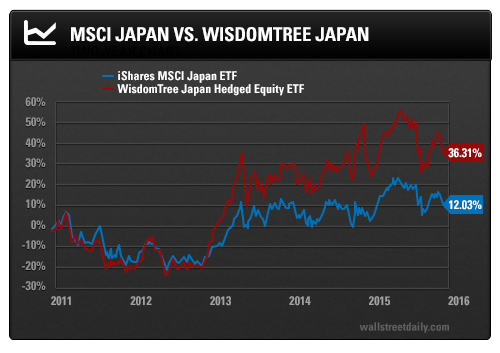It takes a number of catalysts to drive a great, lasting bull market that delights workers and investors alike.
Take the great Reagan bull market ignited in the early 1980s; looking back, the fuel for economic growth was explosive and long-lasting, enough to rocket the economy forward for almost a decade. Here’s how:
First, stock prices were so dirt cheap that many investors had given up on equities altogether.
Second, thanks to Volcker’s anti-inflation crusade, interest rates were sky-high, but steadily coming down, making capital and debt cheaper.
Third, the Reagan tax cuts, in tandem with a significant boost in military spending, were like throwing a match onto dry kindling.
Fourth, it’s not talked about much, but the Baby Boomer generation was just coming of age, arriving at the sweet spot of their maximum spending and investing years.
And to top it off, an uptick in technology and innovation boosted productivity and profitability.
This is why the current financial situation in America gives me pause. Stocks certainly aren’t cheap when compared to history. Our massive debt makes large tax cuts or sharp increases in military or infrastructure spending unlikely.
Interest rates will have to begin going up sometime, and Baby Boomers are headed into the low consumption and conservative investing stages in their life cycle.
Looking back, it’s a bit surprising that we’ve had a good stock market situation since the 2008-09 global financial crisis, despite anemic economic growth and job creation.
Could it be that the Fed pumping massive liquidity into the economy has been the real (and only) driver?
The Land of the Setting Sun
This brings me to Japan, the world’s third-largest economy, which in comparison to America’s flat market, was actually up 7% in dollar terms in 2015.
The last time Japan’s market had a significant surge was in late 2012 when then-candidate for Prime Minister, Shinzo Abe, was running. Abe promised to open the monetary spigots to beat deflation, bring the yen down to spur exports, and push market reforms to unshackle the moribund Japanese economy.
These promises, along with a cheap market, drove the Nikkei 225 up by 25% in six months in dollar terms, and by 46% in yen terms. In early 2013, seeing a dirt-cheap Japanese market and the bright prospects for Abe, I recommended the “Merrill Lynch of Japan”: Nomura Holdings Inc (N:NMR). In only four months, Nomura jumped 133%.
But as you can see in the chart below, the success of American investors in Japan depends greatly on whether they hedged against a persistently weakening yen against the dollar.
The iShares MSCI Japan (N:EWJ) has really struggled, having gone up only 12% over the past five years, and down by 14% over the past 10 years. The WisdomTree Japan Hedged Equity (N:DXJ), which takes currency movements out of the equation, has tripled this performance.
And all this has occurred against the backdrop of an economy that has only grown 1% in the last two and a half years.

When I was a student in Japan in the 1980s, Japan was approaching the apex of its influence and prosperity. I thought its success was primarily due to its culture and business practices.
I was wrong. The main fuel for its prosperity was pent-up demand, and a broad demographic sweet spot.
These led to a stock and real estate boom-and-bubble, which then led to a terrible crash, and a couple of lost decades.
Japanese stocks went down 60% in the early 1990s, and real estate followed suit by the same amount. Stocks eventually went down 80% in 2003, and Japan’s residential real estate is still down 60% today, while commercial markets are down 80%.
In early 2013, Japan’s central bank increased liquidity at a rate more than double that of our Fed, and subsequently increased it by a further 60% in late 2014.
But how much more fuel is left in the tank, especially given that Japan’s debt has risen to the highest in the world at 250% GDP, and 700% for total private sector and government?
Japan is still fighting a brisk demographic headwind that’s limiting consumption, and it appears that Abe’s third arrow of market reforms is still in the quiver.
Massive structural reform to Japan’s economy is the linchpin to a lasting bull market. And despite many in the financial media accepting the party line that reforms are already underway, this third arrow faces deep skepticism.
The reality is that this third arrow faces gale-like demographic headwinds, as well as fierce and powerful interest groups. Data shows that less than one million babies were born in 2014, pointing to a decline in Japan’s population from the present 127 million to 87 million in 2060 (with 40% of the population over 65).
With the yen leveling off, Japan’s stock market will only take off to the next level if Abe’s third arrow hits the bull’s eye, unleashing real jumps in growth and productivity.
America too needs some significant new fuel to make 2016 better than 2015. Hopefully we can learn from what’s transpired in Japan.
Good investing,
